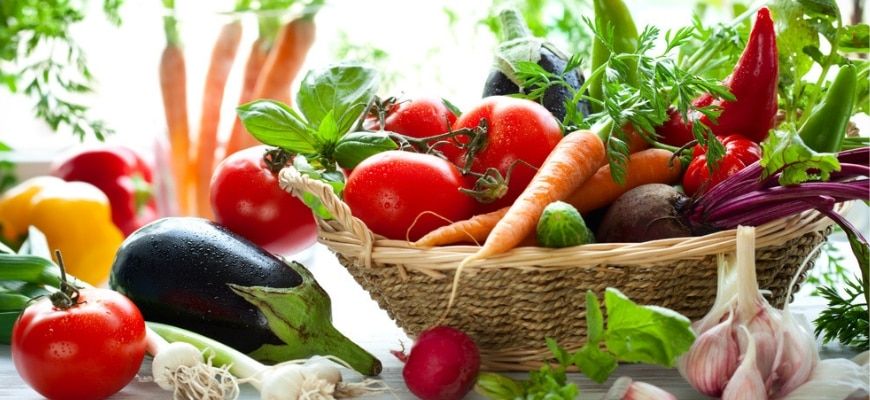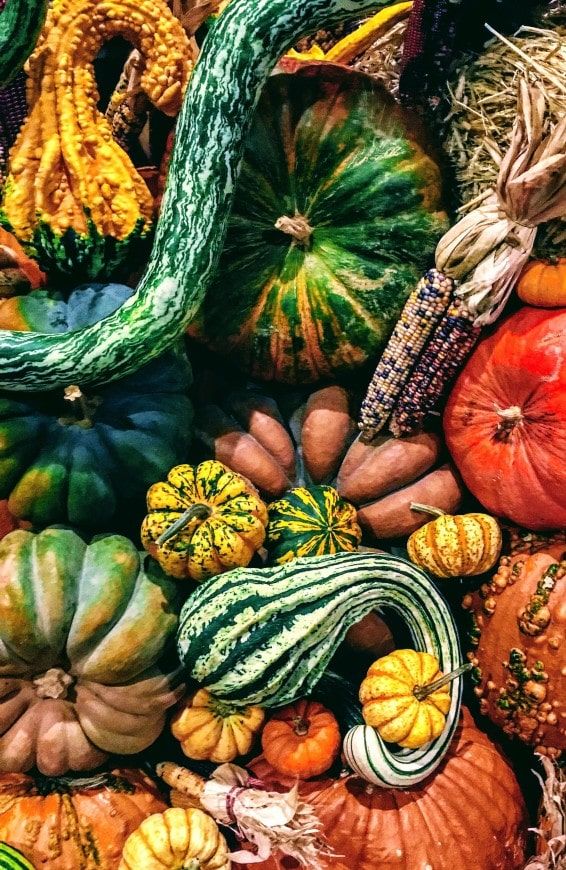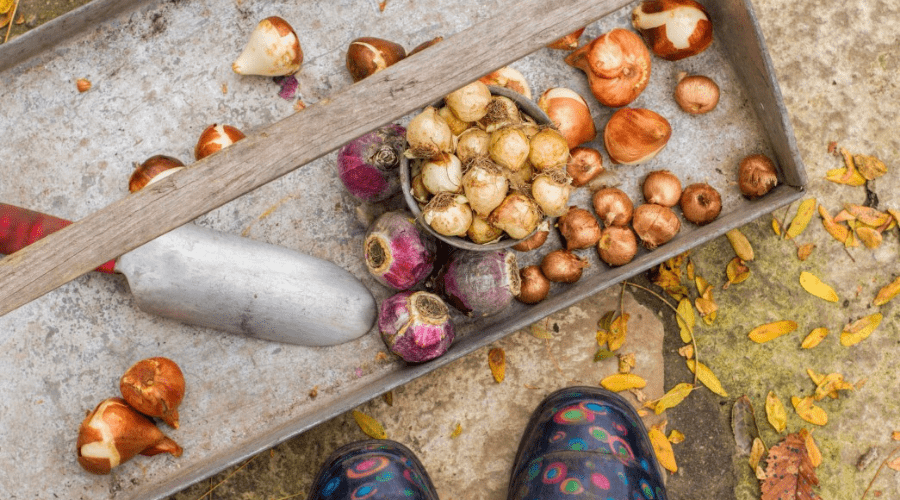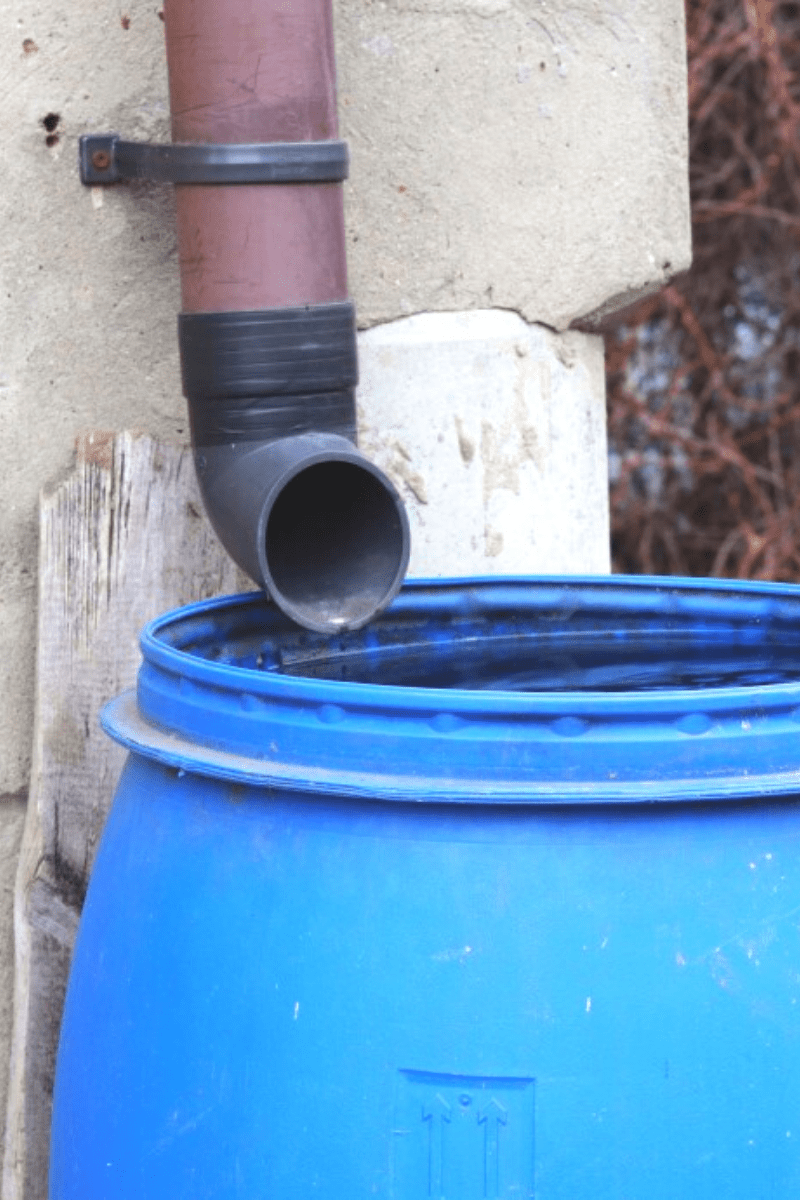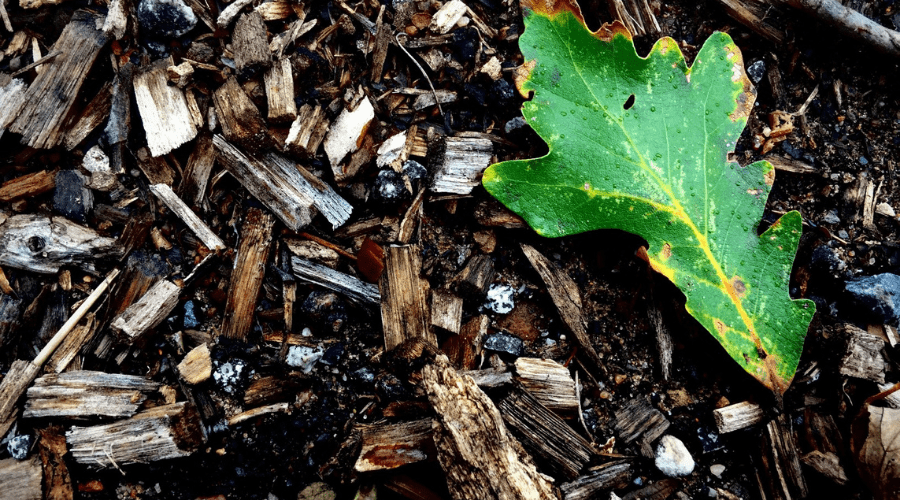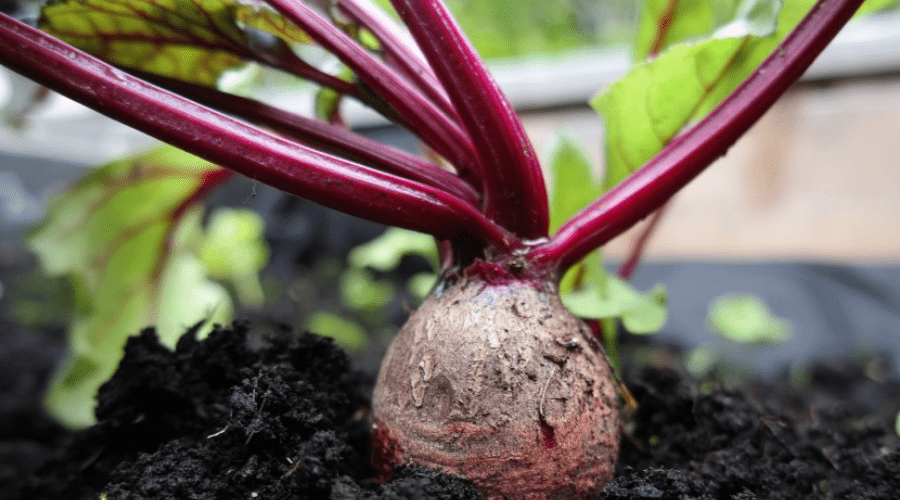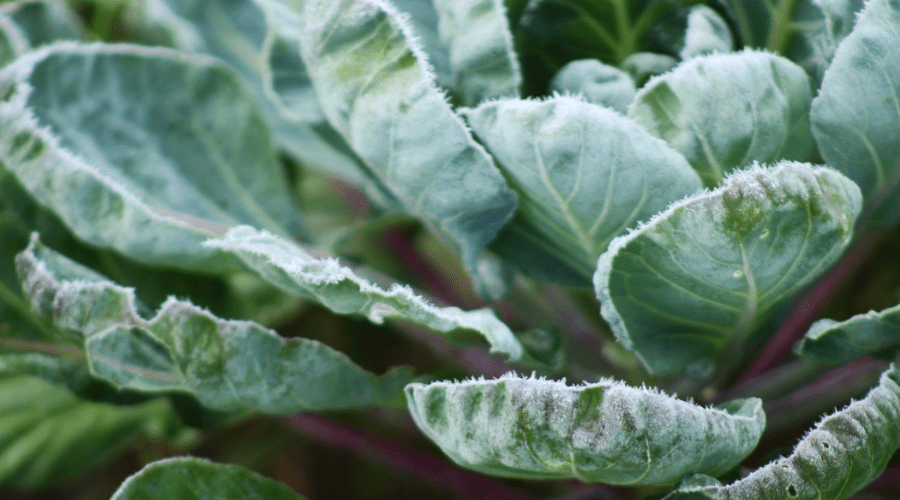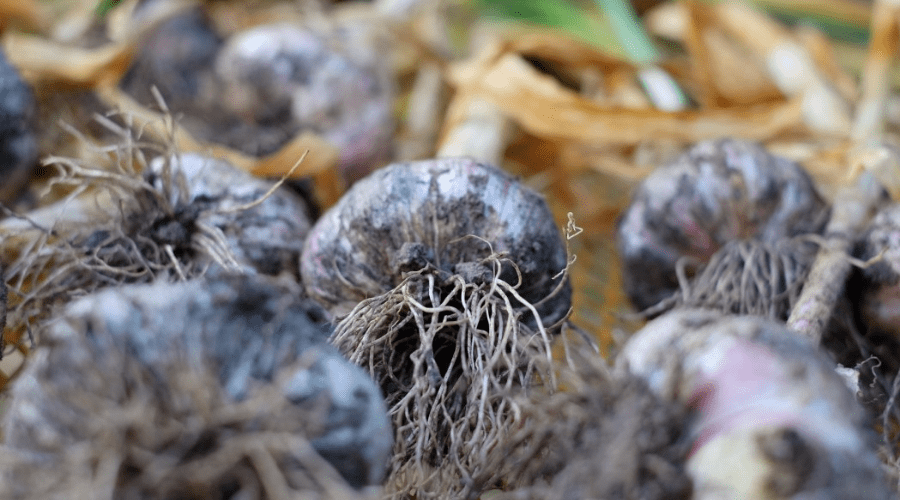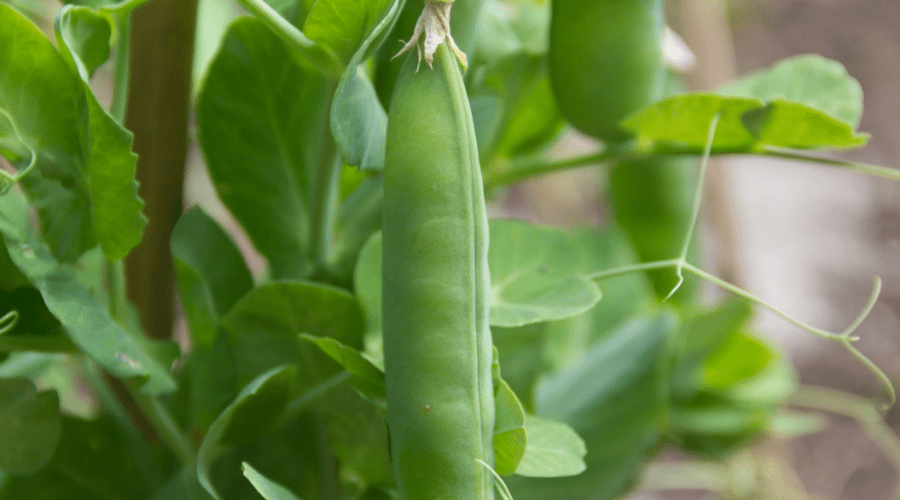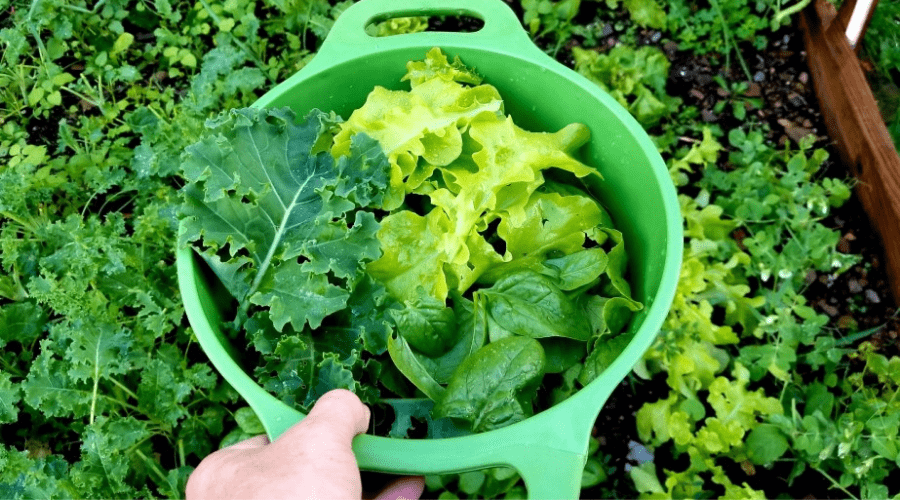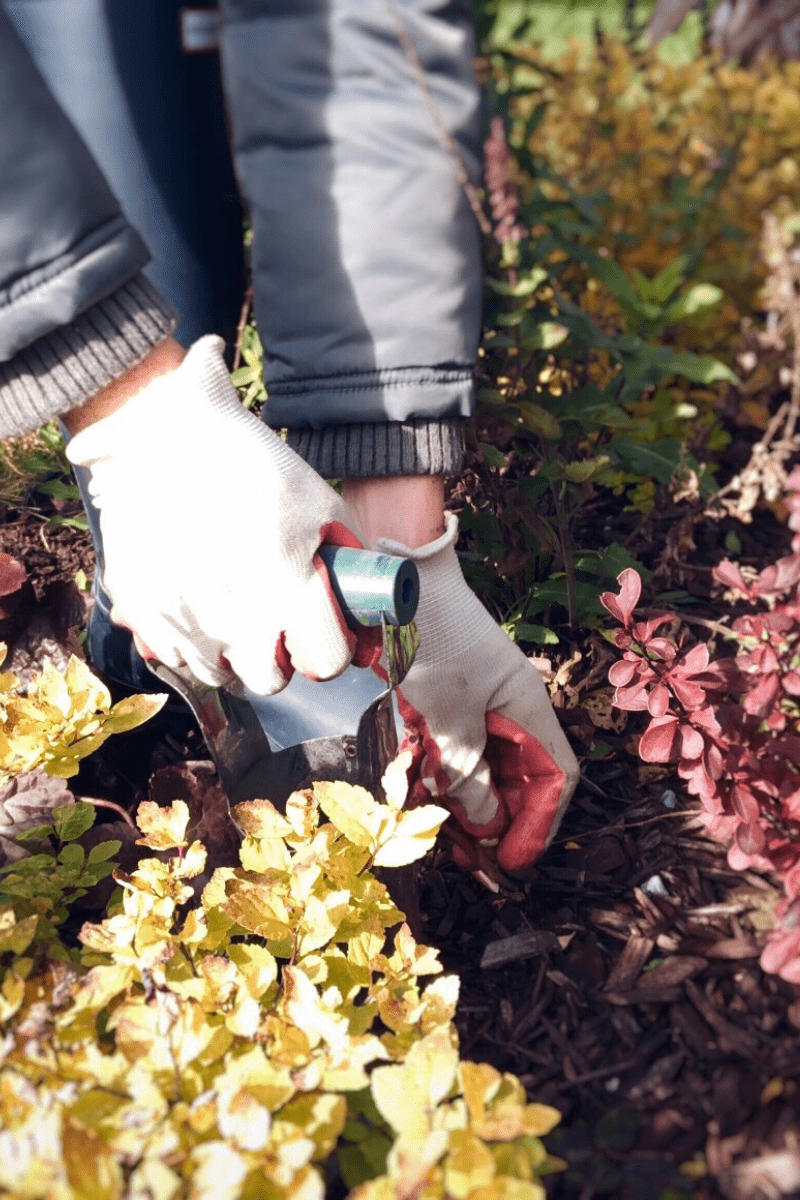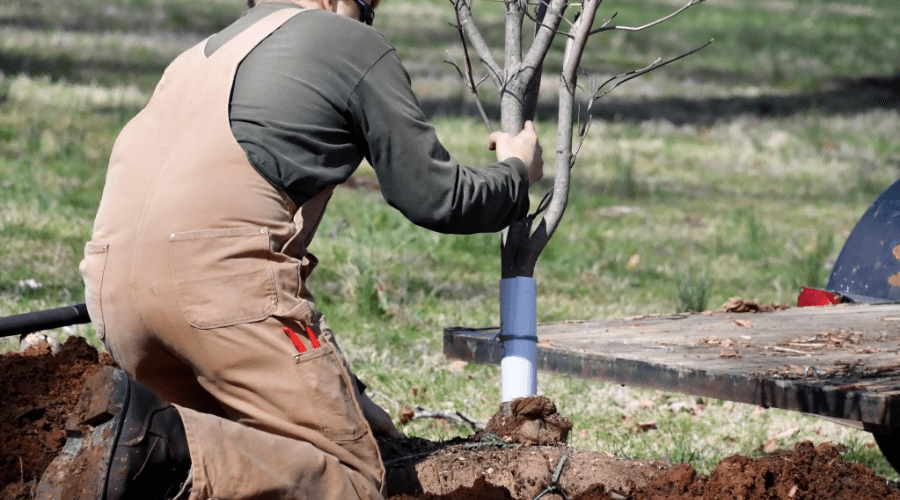Spring gets all the new garden love, but Fall means new planting opportunities. The season brings forth perfect cultivation opportunities, especially for vegetables and all those early bloomers we appreciate come March. If you have the harvest season's garden on your mind (and you should!), you're in the right place. We've rounded up all the best planting and overwintering info for Fall gardening in one handy guide.
Planting a Fall Garden
Ready to get started? Great. Here's everything you need to know about getting your garden ready for the cold, what to plant and harvest now, and how to do it.
Know Your USDA Hardiness Zone
Naturally, your fall planting and harvest will vary depending on the climate where you live. On a general note, fall crops take longer to grow, because they receive less warmth and sunlight with days being shorter than they are in summer.
Those of you that live in a temperate climate can harvest your crops in September and October, but there are also climates that allow crops to survive the winter, as long as you care for them properly.
Have a Fall Gardening Plan
Even with the climate differences from one area to another, there are some general rules for you to keep in mind if you want to make the best out of your garden as the rainy season approaches:
Planning ahead is a very important part of gardening, and this is especially true with fall crops because you don’t have time to spare. Some people decide they want to give fall gardening a shot when it’s already too late. Some of the crops that are ready in late fall might need to be planted in late summer, which is mid-August for people who live in most regions. Naturally, there are fall crops that grow very fast and don’t require too much planning, like radishes and lettuce, but if you want crops such as carrots, you will have to reserve time during the summer to plant them.
Clear the Way
One of the ways to ensure that you have a successful fall harvest is to make sure that you’ve harvested your spring and summer plants before planting new ones. This is particularly important for people with very limited garden space because you want to have plenty of room to let your new crops thrive. By planning what crops you can harvest by the start of fall, you will have a better grasp of the space you have available to dedicate to fall plants.
Know Your Fall Plants
General knowledge dictates that every type of crop has a specific and predictable lifespan. This means that you know beforehand how long it will take for a specific crop to reach maturity. When you buy plant seeds, you will typically find information such as “days to maturity” specified on the label. Naturally, there are external factors that may alter the predictability of crop growth, such as climate, but since you’ve probably lived in your region for a few years now, you can have an idea on what to expect in terms of fall and winter weather. Generally speaking, it’s important to give the corp time to mature before the first frost, so once again, planning ahead is important.
It’s also important for you to know which crops can stand fall weather. Cool-weather crops will be able to face harsher temperatures even when they’ve matured. With careful planning, you can have fall crops that lasts all the way through early spring.
Tips & Tricks for Successful Fall Planting
With the same climate factor in mind, there are still bits of information generally available for people that wish to tackle on this adventure that is fall planting.
Soil
Soil is one of the most important parts of cultivating just about anything, so it’s important to know how to manage it if you want the very best results this winter. You need the soil to have plenty of micronutrients so that your plants can thrive, which means that using compost or aged manure to enrich the soil is an excellent idea.
Cover Crops
If you need something to soak up the nitrogen that spring crops leave behind, you can plant leafy green to help absorb it. If you’ve harvested any garden peas or snap beans, you can use the extra space for cabbage or spinach. You can plant strawberry clover or another nitrogen-loving perennial in beds you don't intend to use until spring.
Planting Schedule
The best way to calculate when you should plant is by counting back 12 or 14 weeks for the first frost date in the region where you live. Consider planting seeds of kale, cauliflower or broccoli indoors, because they will benefit from better germination conditions that the ones outdoors. When the seeds are about three weeks old, feel free to move them outdoors, but wait for particularly cloudy weather to do so.
Water
Fall crops are very sensitive to dry conditions, so you shouldn’t be afraid to soak up the soil. Dry soil is particularly harmful to slow-growing plants, particularly carrots and beets.
An irrigation system is your best bet, but you can also create a hose-based network before you start to sow the seeds. Coverage is everything, so make sure that the hoses will stay in place throughout the entire growth period. You might need to use something like wire staples to hold them in place.
The crops need to stay in moist soil for long enough until they germinate. This is easy for leafy green, but it takes longer for slower crops. You can set up shade covers to help you in the process, for which you can use a simple layout of boards placed across a small brick wall.
This will keep the germinating seeds away from the sunshine that can dry the soil. Sometimes, you might be required to water by hand to ensure that the crops have moist environments, but shades can help by keeping the soil moist, so don’t rule them out.
Mulch & Freeze Protection
Use mulch to your advantage, such as rotted leaves, or green grass clippings. Whatever mulch you have lying around should do the trick just fine. Place newspaper sheets between your crops and put the mulch right on top of those sheets. This will keep the soil moist and safe from sunlight, while also preventing weeds from growing.
Pest Control
There is one particular drawback that you have to pay close attention to: these piles of mulch provide the perfect hiding spot for snails and slugs, which can eventually come out and chew through plant leaves. This is particularly harmful to plants such as tomatoes. In order to prevent that from happening, you will have to pay close attention to these mollusks and use specific bait and traps to keep the situation under control.
Speaking of chewing through leaves, pest control is an important part of the health of every garden. Even seedlings can be a magnet to armyworms or grasshoppers. To solve this problem, you can use row covers that won’t retain any heat.
It’s easy to make one of these on your own: all you have to do is sew together a couple of pieces of tulle, to create a long and wide shroud. To make sure that the covers stay in place, you can use hoops or stakes. Whatever you choose, it’s important to raise the height of your covers as plants start to grow, so that you’ll give them plenty of space to thrive.
Common Vegetable Garden Plants
While there are different types of plants that one can plant during the fall, nothing beats having a delicious vegetable garden. Here are some great ideas for the upcoming fall season gardening project:
Beets
If you want to harvest beets during the fall season, you can plant them about 10 or 12 weeks before the first frost in your region. You can also purchase seedlings that have already started growing if you want to get a head start or decided to plant these too late. It usually takes about five days for seeds to germinate. Tip: Beets have a better taste is they are harvested before growing bigger and 2.5 inches.
Arugula
Arugula seeds are very similar to grow to lettuce seeds, taking an average of six days to grow. It should grow just fine even if the soil has a lower temperature. The taste of arugula can spice up any salad, plus it looks great in just about any garden.
Broccoli
Great for boosting your iron levels, broccoli is a very healthy vegetable, and if you grow it yourself, you know for sure it hasn’t been sprayed with toxins. You should plant broccoli in late summer, or could be early September if you go for direct seeding.
Cabbage
One of the best plants to grow in the fall, cabbage needs to be planted in late summer or early fall, for the best results possible. On average, it takes about six days for the seeds to germinate. The harvest period is directed by the head size: the larger the heading, the more it takes for the plant to reach maturity. While cabbage does well in the fall, it won’t grow properly in cold temperatures. You can also experiment with different types of cabbage.
Radishes
Probably one of the fastest-growing vegetables in the world, radishes make the perfect fall crop, as they can grow even in cold soil. The crop that about a month to reach maturity, just remember that there are about 200 different types of radishes out there.
Cauliflower
The tasty cauliflower is a bit more challenging to grow, but gardeners shouldn’t be intimidated by this. You can set transplants either in late summer or early fall. When reaching maturity, cauliflower heads are sensitive to frost, so it’s important to plan ahead in order to give it time to reach full maturity.
Garlic
Garlic doesn’t just add amazing flavor to foods, it’s also fairly easy to grow. You can plant the cloves directly into holes in the soil, which should be about two inches deep. However, if you plant them during this fall, you will only be able to enjoy the harvest next summer.
Lettuce
This plant is very easy to grow, as you have to sow the seeds about eight weeks before the first frost. You can either sow directly in beds or use containers. It takes about one week for seeds to germinate, but if you missed your start, you can always use transplants. The best part about lettuce is that you can plant a new crop every other week and enjoy it throughout the entire season.
Carrots
Also one of the best fall plants, carrots are great for growing in the colder seasons. While it does take about a week for the seeds to germinate, they do grow slowly in the end. You will have to sow the seeds about ten weeks before the first wave of frost. It can be difficult to sow the seeds because of their small size, which means that you may have to come back and rearrange crowded sprouts so that they can be properly spaced.
Peas
Peas require sowing in late summer or early fall. Their germination period is slower compared to other plants, and it can take up to two weeks for it to occur (the germination period depends on the warmth of the soil). If you do plant peas, make sure they have vertical support to grow on. They add variety to your garden because of their tall aspect.
Brussels sprouts
While this is considered a fall plant, it’s best if seeds get the chance to germinate while the soil is still warm (around 80 degrees). If you’ve decided to plant these too late, you can also buy seedling to compensate.
Onions
Great in a variety of salads and stews, onions growth is very similar to that of garlic (no real surprise there). If you plant onions this fall, you will be able to harvest them in summer next year. Since there are many different types of onions, you have to research and discover which type grows best in your area.
Spinach
Also an important part of a healthy diet, spinach is a fall-growing plant, but you have to make sure that you sow the seeds tight the beginning of September. It takes about three to five days for seeds to germinate. Tip: When harvesting spinach, collect the plants from the edges and leave the ones in the center to keep growing. If you want to harvest spinach in the spring, you should place a light straw layer on top of it for protection during the cold season.
Planting Spring Bulbs
When winter is finally over and the first warm season of the year is bestowed upon us, everyone would love to have a colorful yard. That means that autumn to early winter is the perfect time to plant some of the flowers that signal spring-time, such as crocuses or tulips.
When you buy the bulbs, opt for varieties that have different flowering periods, so that you can witness their blooming beauty throughout the entire spring season. Feel free to plant the bulbs in clusters of at least five.
You have to be very precise with your timing if you want these plants to stay dormant in the winter and come out fresh in the next spring. You should wait for nocturnal temperatures to drop below 50 degrees for about a couple of weeks or so to start planting.
If you allow the soil to cool down this much, you will prevent the flowers from blooming to early. The best time to plant your bulbs is about six weeks before expecting frost in the area where you live, as this will give them plenty of time to get established.
Should you miss this planting opportunity, you’ll have to wait for winter thaw to do so. Keep in mind that leaving the bulbs out of the ground longer than needed can cause them to wither. An alternative is to plant them in pots and keep them in a sheltered spot outdoors, preferably under a generous layer of mulch, to keep them protected.
Planting Trees, Shrubs & Perennials
It’s not uncommon for plants to suffer during the intense summer heatwaves, so having cool air temperature gives plants a chance to concentrate on developing their roots.
Bonus: Fall's abundant rain will help trees' and shrubs' roots grow strong. People that live in hot climates can really benefit from planting during the fall because the root system can take advantage of winter to establish.
Autumn is also the perfect season for moving perennials that require plenty of space to grow. Make sure you do this several weeks before the first frost, to give the plants recovery time. Shrubs and trees are best planted about four to six weeks prior to the first ground freeze. Make sure you don’t postpone planting too late in November, or else the root might not grow that strong.
Conclusion
Just because summer is coming to an end, it doesn’t mean that your gardening hobby needs to be paused. In fact, there are plenty of plants that you can grow despite saying goodbye to the really warm temperatures and the prolonged hours of daytime.
Always keep in mind that the climate of your region is a contributing factor to how and if certain plants will actually thrive during fall. Remember the tips mentioned in this article if you want to make the best out of your fall crops, but ultimately, enjoy the new planting season!

